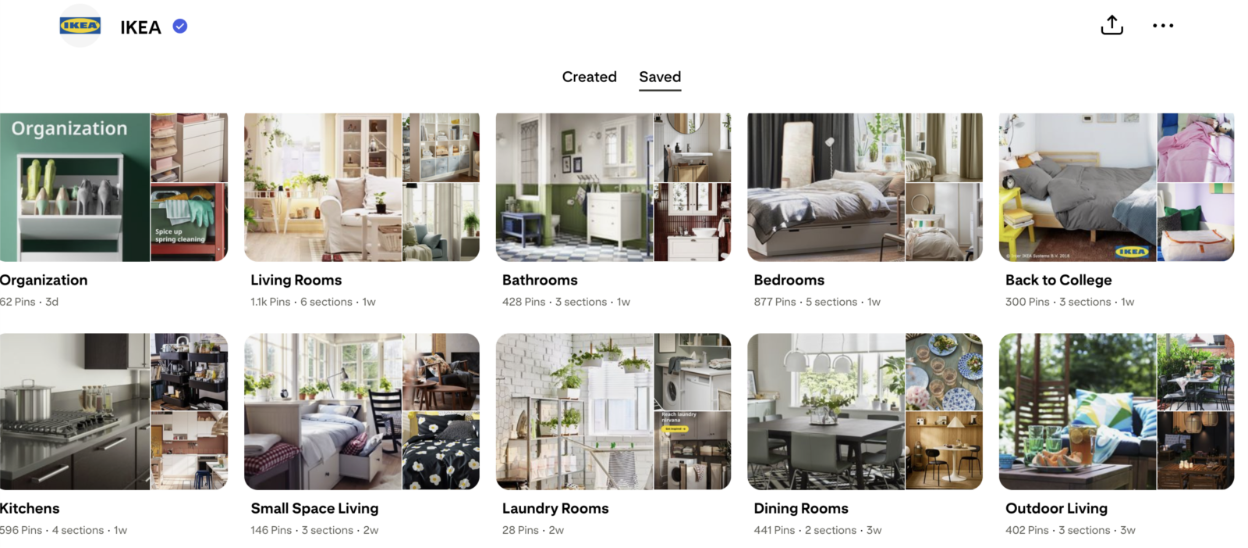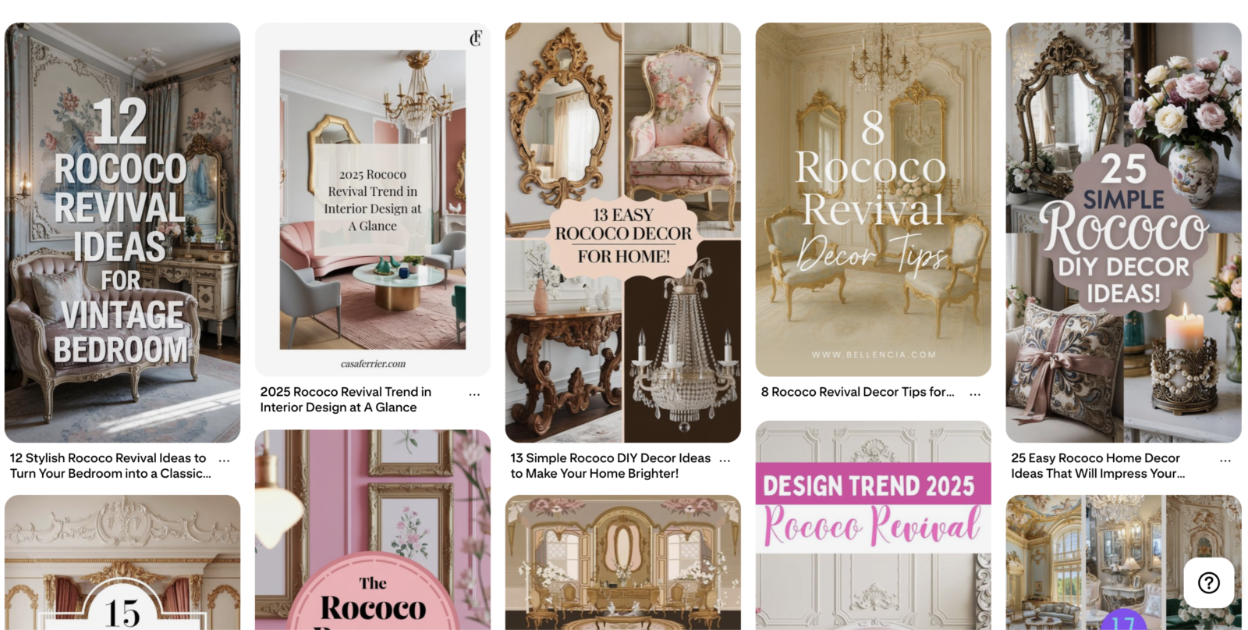

“What is the most resilient parasite? A bacteria? A virus? An intestinal worm?”
“An idea. Resilient… highly contagious. Once an idea has taken hold of the brain, it’s almost impossible to eradicate.” – Cobb, Inception (2010)
If you’ve seen the movie, you know the move, plant an idea so deep that we’re convinced we came up with it ourselves.
Why are we even talking about Inception? let me explain.
Pinterest kinda works the same way. People don’t land there just to doom scroll; they’re actually looking for something. Like “coastal living room ideas”, “matte black mixer”, or “minimalist home office setup”.
And when they find it, they save it to their boards like Dream Kitchen or Holiday Renovation 2025 or New Room Inspo.
So, if your product shows up in that moment and they liked and pinned it, it’s not just an ad they swiped past. It’s part of their plan now, something they’ve picked out for their future self.
Take IKEA. They transformed their 200‑page print catalog into personalized Pinterest boards. By answering a quick three‑question quiz, shoppers received a curated dream‑room board packed with IKEA products, so tailored, it felt like they’d hand‑picked every single item themselves.
In just a few months, IKEA generated 25,000 custom boards with a 4% quiz completion rate, all without tracking cookies or chasing clicks.

It’s the Inception effect in retail: when customers build their own vision with your products, the buying decision feels like their own idea, not your sales pitch.
That’s why Pinterest isn’t just another platform, it occupies a unique role in your marketing mix.
Before I just tell you, Pinterest is different, let’s actually prove it. We’ve got the numbers and examples to back it up, so bear with me here, because once you see them, the picture becomes clear.
This aesthetically‑driven, platform says “See next year’s trends, now”.
🔮 Trend radar → conversions

Long runway to optimize stock
♻️ Creative that compounds, not expires
🚀 First-mover Gen Z edge
Pinterest is Gen Z’s mood‑board central, the place they go to create a whole vibe before they buy anything.
It’s not about impulse. It’s about building a look, a space, or a lifestyle, and your product becomes part of that picture.
Now, let’s put Pinterest in context alongside the other big players so you can see where it naturally fits.
You might be thinking, “Alright, I get it, Pinterest is different. But how do I actually make it work for me?” let’s break it down for you.
☕ For Merchants new to Pinterest: here's how you start:
☕ For merchants already using Pinterest: here's how you optimize winning
And once you’ve done all that work to get the sale, make sure the post‑purchase experience keeps the same momentum.
With SureBright’s extended shipping protection and warranty coverage, every order arrives with the same confidence your customer felt when they pinned it. It’s the easiest way to keep their trust and turn one inspired purchase into the start of a repeat‑buyer relationship.
Want to see it in action for your store? Get in touch with us, we’ll help you make it happen.
Finally,
Pinterest works best when you treat it as part of your long‑game sales strategy.
Start by planting your products early in trends and boards that matter to your audience. Use Pinterest Predicts to guide your seasonal content, refresh pins regularly, and mix lifestyle imagery with shoppable links.
The goal isn’t to chase quick clicks and it’s to earn a spot in your customer’s plans before they even start shopping. When you show up early, stay consistent, and make it easy to buy, you’re turning inspiration into intent… and intent into sales.